Explore Samsung’s bold move with the Galaxy S26 Series as the Exynos 2600 makes a comeback, promising innovation and performance.
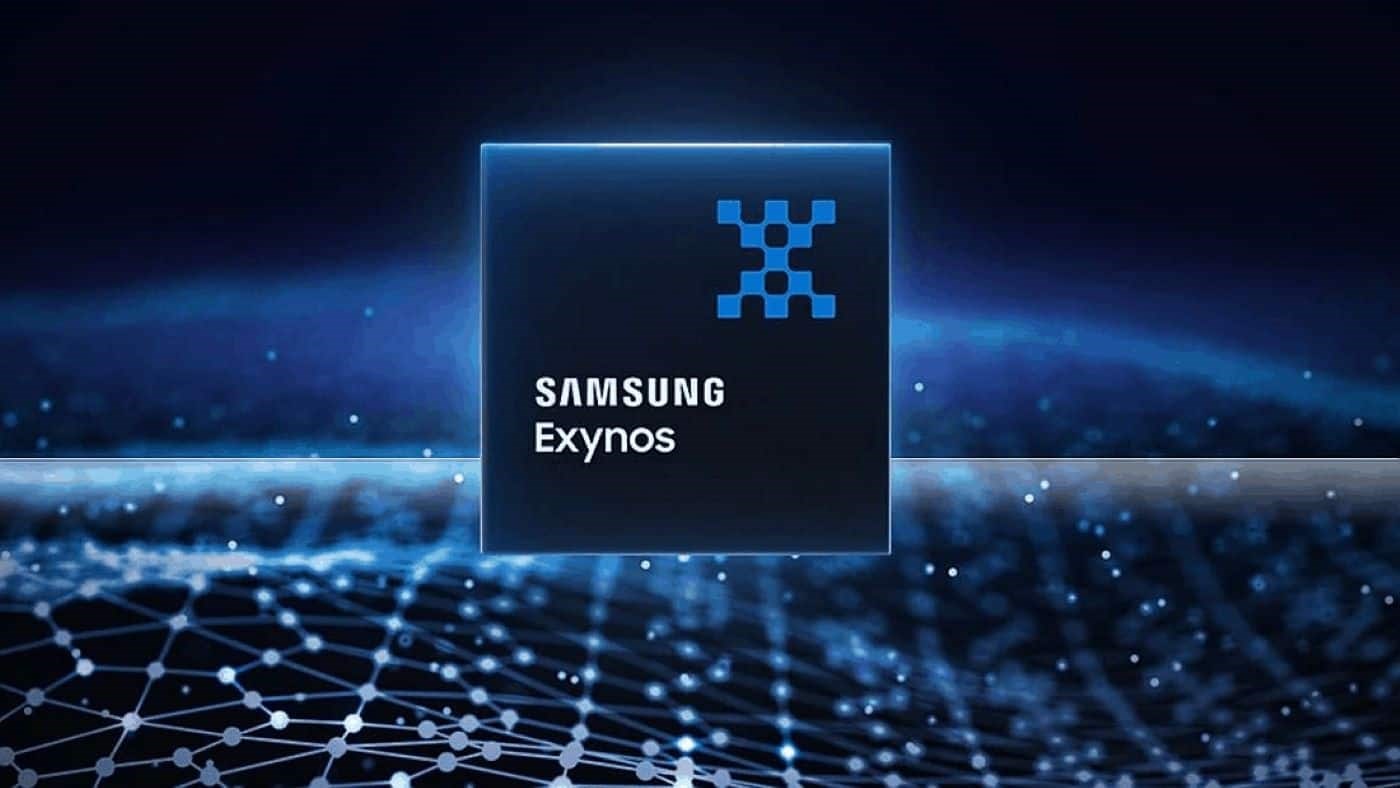

Samsung is diligently working on the upcoming Galaxy S26 series, slated for a 2026 release. Insights into its strategic direction are emerging, particularly concerning processor choices. The decision to exclude the Exynos 2500 from the Galaxy S25 series reportedly resulted in a financial setback of around $400 million for the company. However, Samsung seems poised to reintroduce a bifurcated approach with Exynos and Snapdragon once more.

Target Markets and Production Challenges

According to recent reports, Samsung plans to incorporate the Exynos 2600 in select models of the Galaxy S26. Notably, these models may predominantly target the European market, echoing past regional strategies. The primary challenge lies in production efficiency, which currently falls short. Though Samsung LSI’s 2nm GAA production process has seen a modest improvement with a 30% efficiency rate compared to the previous 3nm generation, it still lags behind the necessary threshold for mass production.
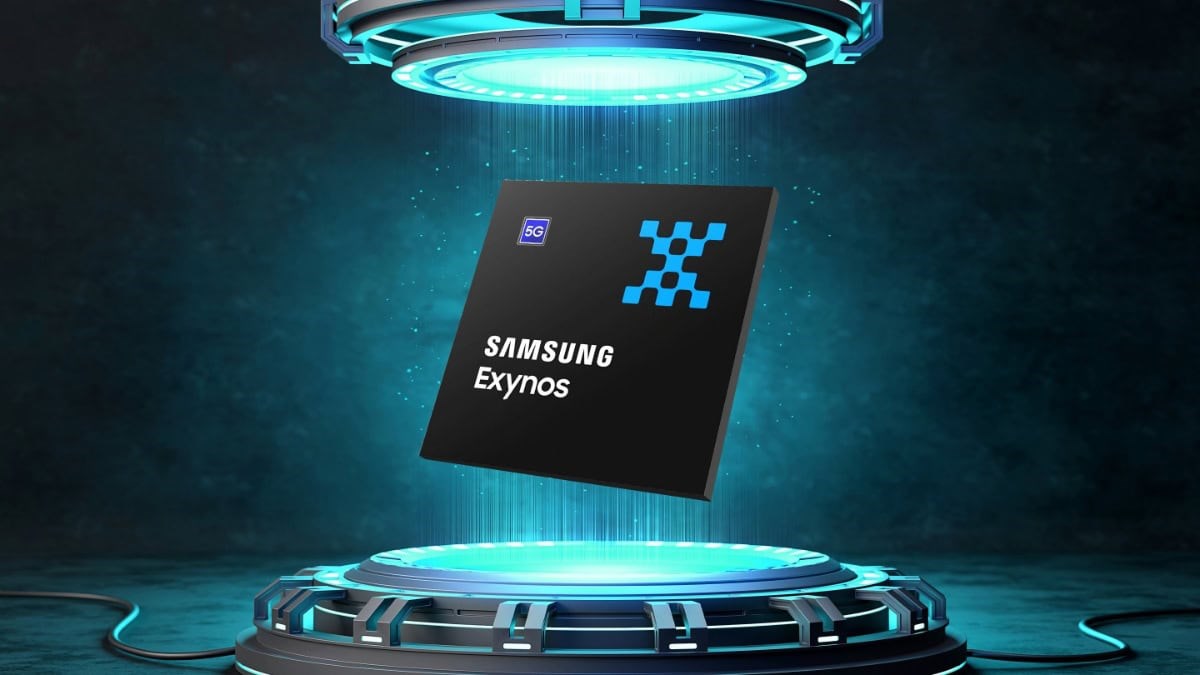

Samsung’s objective is to enhance this efficiency to 60% and commence large-scale production by the latter half of 2025. For the Exynos 2600 to be ready for the Galaxy S26 series, its design must be finalized by the third quarter of 2025. Failure to meet this timeline could confine the chipset to experimental stages.
Performance and Market Strategy
On the performance front, the Exynos 2600 faces stiff competition. Recent analyses indicate that the Qualcomm Snapdragon 8 Elite Gen 2 is likely to outperform the Exynos 2600 significantly. This suggests that Samsung’s revival of the Exynos brand is motivated more by cost considerations than by performance metrics. By limiting the Exynos 2600’s use primarily to Europe, Samsung aims to balance market dynamics while simultaneously curbing production costs.

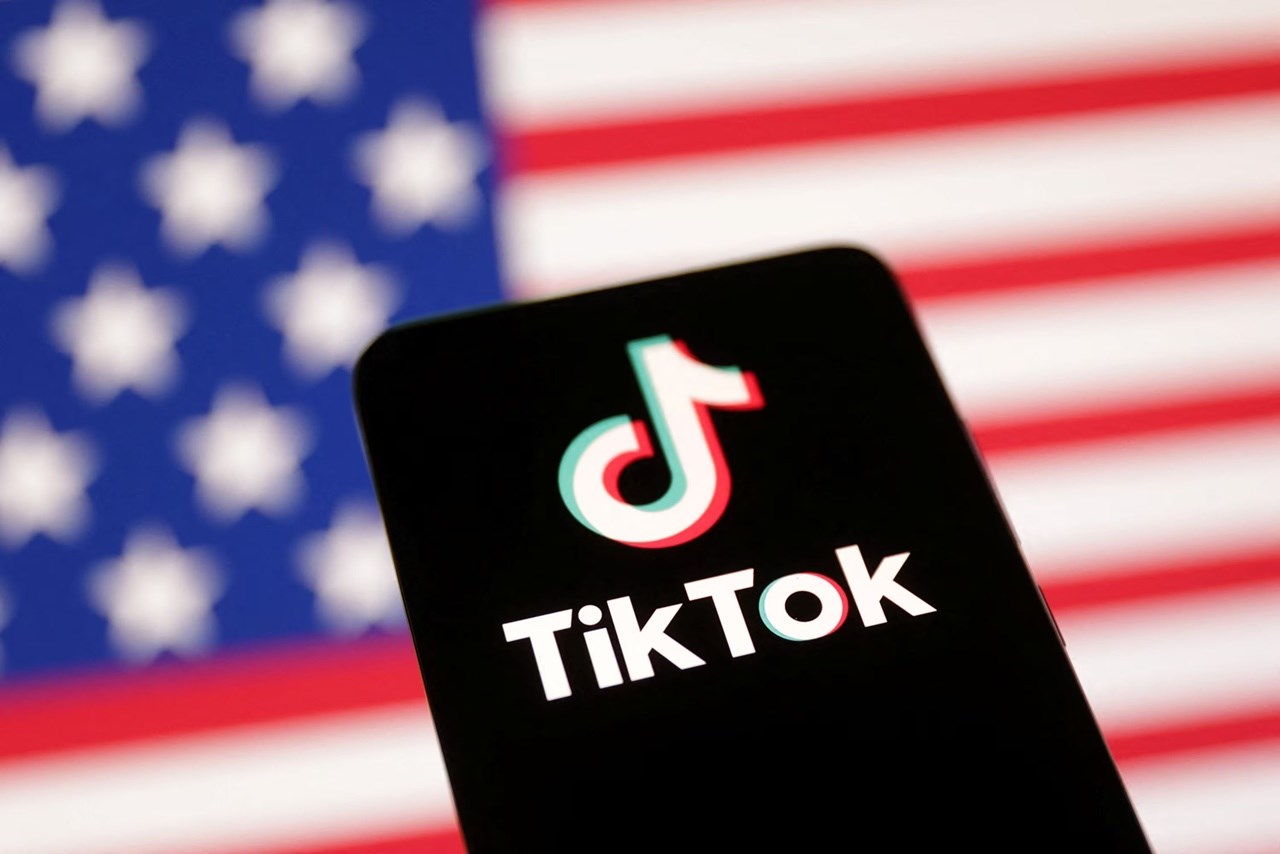

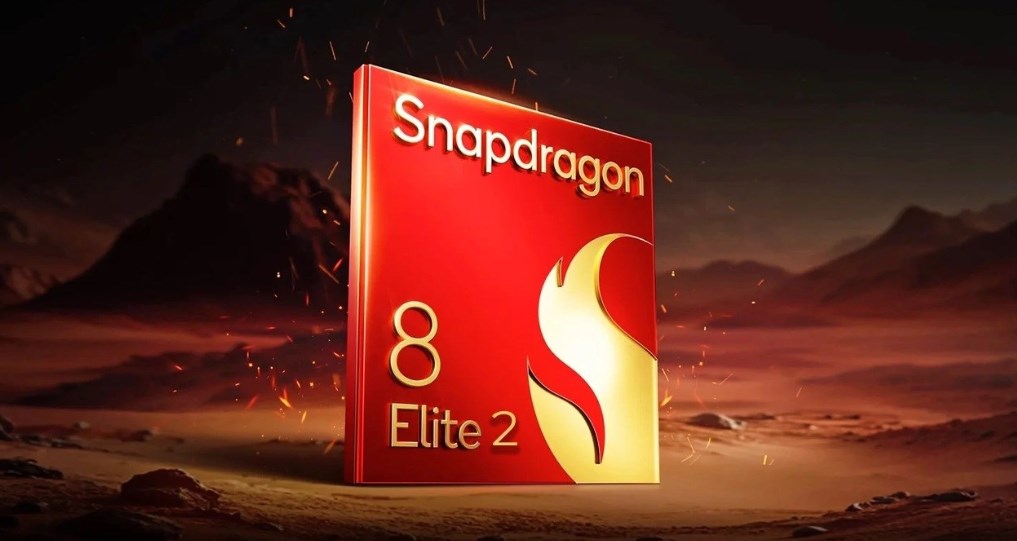

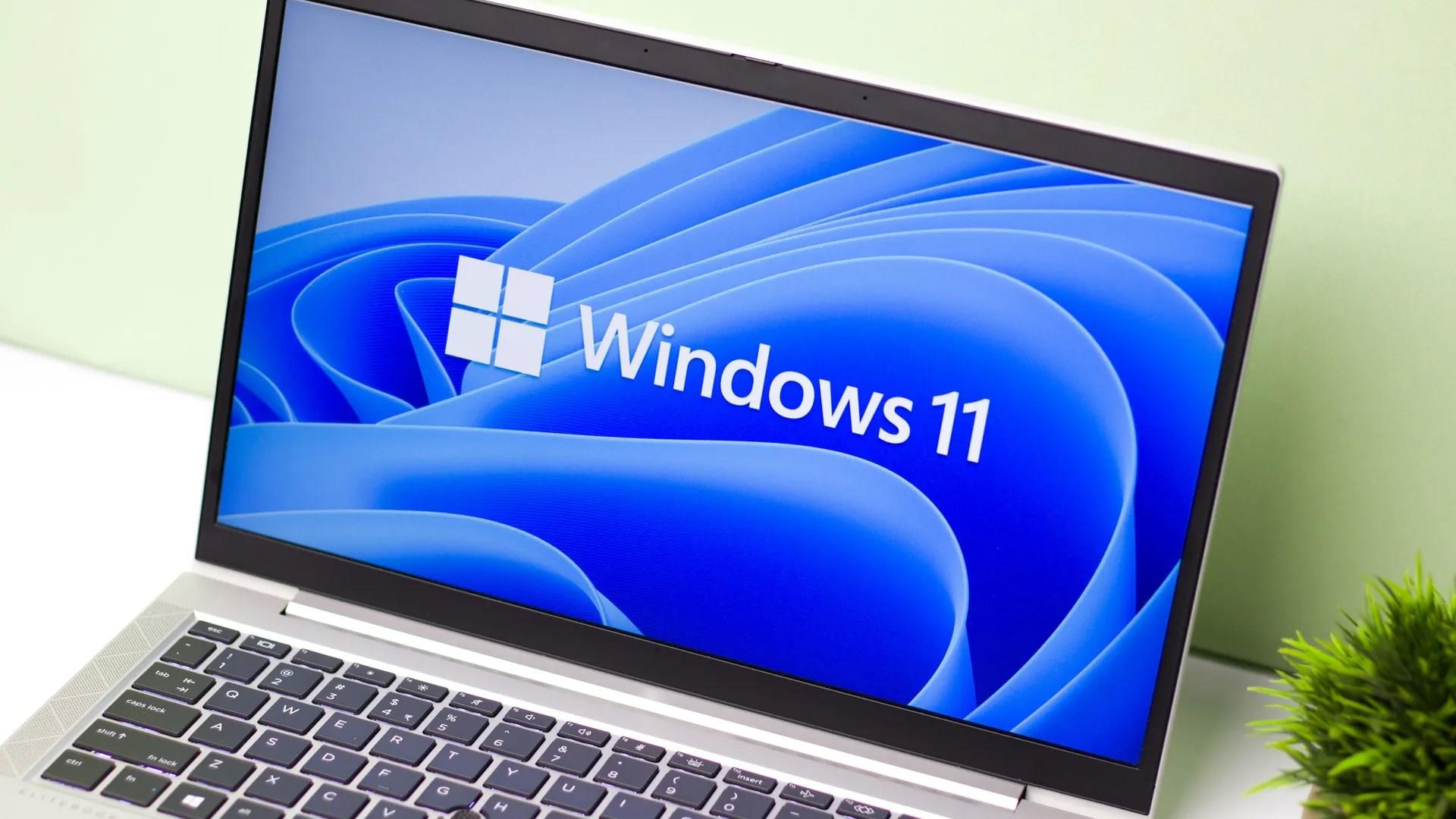











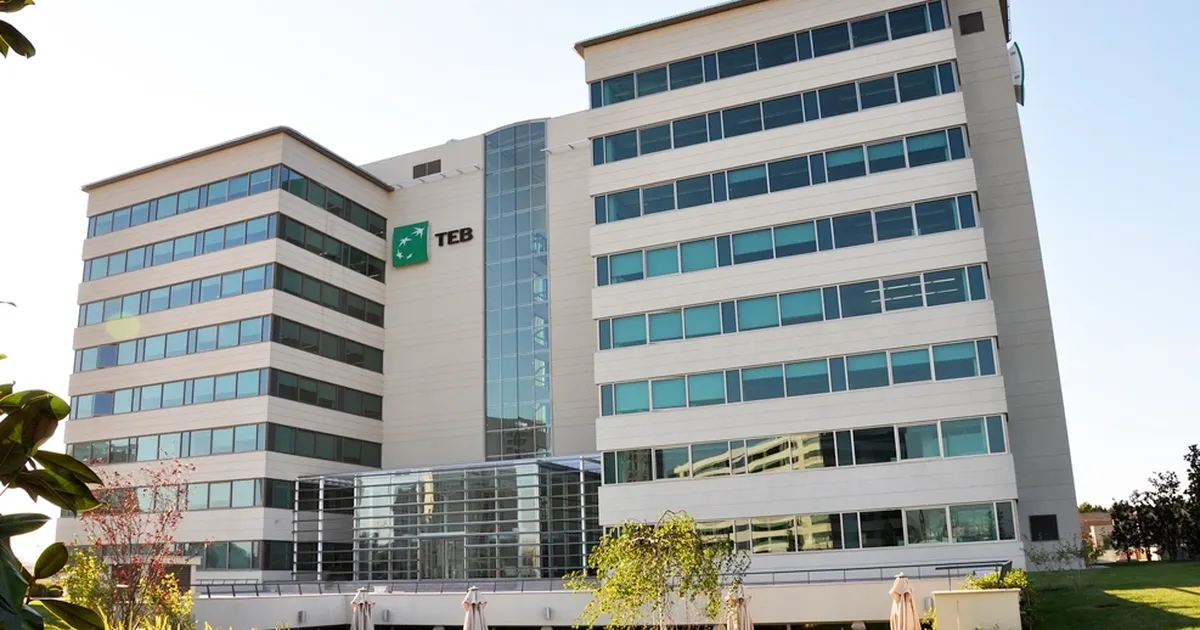



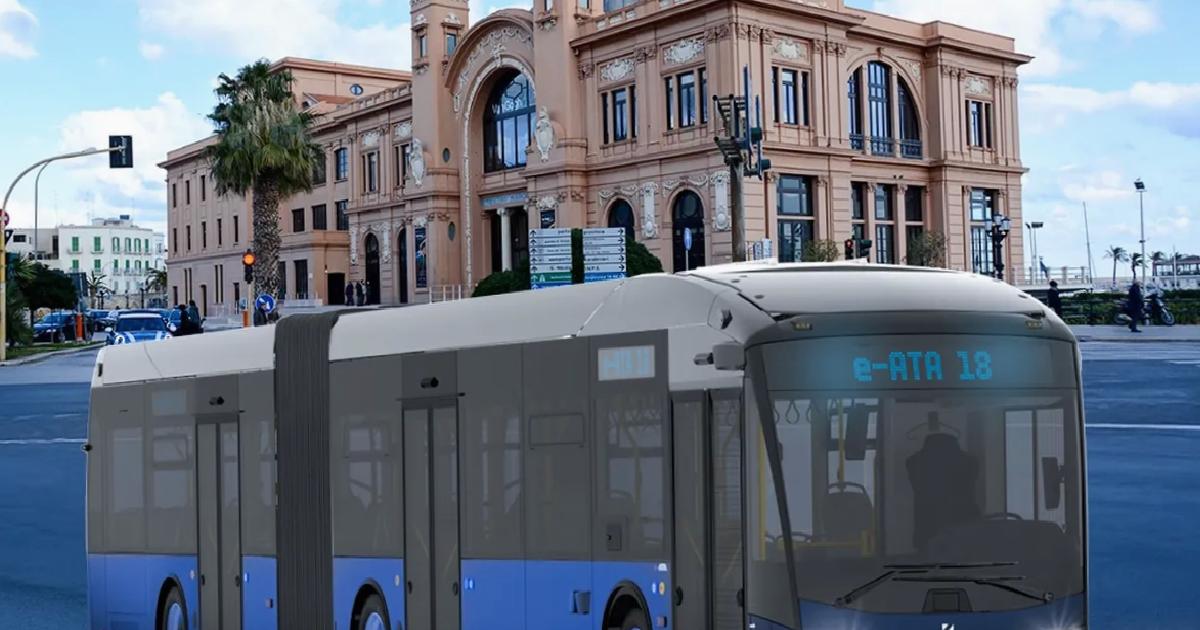

Sigortahaber.com, sigorta sektöründeki en güncel haberleri, analizleri ve gelişmeleri tarafsız bir bakış açısıyla sunan bağımsız bir haber platformudur. Sigorta profesyonellerine, acentelere ve sektöre ilgi duyan herkese doğru, hızlı ve güvenilir bilgi sağlamayı amaçlıyoruz. Sigortacılıktaki yenilikleri, mevzuat değişikliklerini ve sektör trendlerini yakından takip ederek, okuyucularımıza kapsamlı bir bilgi kaynağı sunuyoruz.
Yorum Yap